The Meiji era marked Japan's opening up, with Western culture flooding in, ushering in an era of Japanese literary modernization.
Literature during the Meiji period
The Meiji era (beginning in 1868) marked Japan's opening up, with Western culture flooding in, ushering in an era of literary modernization in Japan; however, it was not a simple process, as the modernization of literature required a longer period than economic modernization.
To introduce science, technology, and literature, the first thing the Meiji government did was abolish the feudal system of fragmented aristocratic clans and raise the general level of education. Starting in 1872, they developed universities and intensified translation efforts ( political , scientific, philosophical, and literary books were translated rapidly; some adaptations of works by French writers like Hugo and Jules Verne stimulated readers' imaginations; great masters such as Shakespeare, Goethe, and Tolstoy were all translated).
Vietnamese literature absorbed many Western intellectual and literary movements: liberalism, romanticism, symbolism, realism, naturalism, etc. This initial period of "Westernization" was relatively formal and widespread, leading to a reactionary movement that emphasized traditional culture.
In the late 19th and early 20th centuries, senior writers of the Meiji era emerged, clearly influenced by the four major literary traditions of Russia, Germany, England, and France, including: Futabatei Shimei; Mori Ōgai; Natsume Sōseki; and Tōson Shimazaki.
***
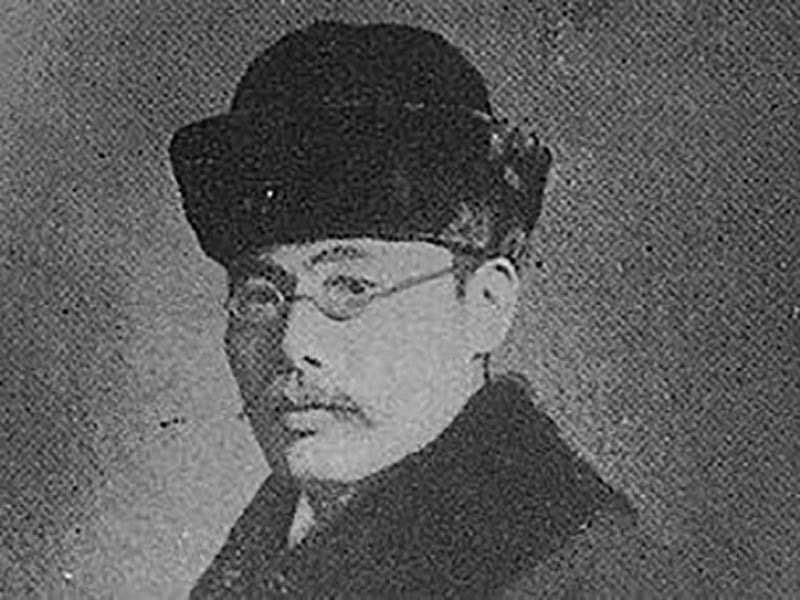 |
| Futabatei Shimei, writer, translator, and critic. |
Futabatei Shimei (1864-1909) was a writer, translator, and critic. He studied Russian, translated Russian novels, and then wrote novels himself, which were somewhat autobiographical, depicting characters who were dissatisfied and bewildered by the times.
The novel *Drifting Clouds* (Ukigumo, 1887-1889) was the first modern novel to criticize the ambitious Japanese society of the time: a young civil servant unfortunately loses his job, especially because he doesn't know how to flatter; his aunt then marries her daughter to him; this daughter, educated in Western ways, later marries an opportunistic official.
Some of his other major works include: *Sono Omokage* (1906, novel); *Heibon* (1907, novel); *Bijutsu no Hongi* (1885, essay)...
***
Mori Ōgai (1862-1922) was a physician, translator, novelist, and poet. He came from a family of medical practitioners and became a military doctor.
He is credited with introducing the novella into Japanese literature, beginning with "The Dancer" (Maihime, 1890), which depicts the breakdown of a love affair between a young Japanese man and a German girl.
This work marked the beginning of a brief Romantic period and the flourishing of the autobiographical novel genre (novel about the self) in Japanese literature. The tendency to fight for individual freedom and against feudal constraints was expressed in the novel *Gan* (1913 – translated into Vietnamese as *Nhạn*), later adapted into a film titled *Mistress* (1953).
Other major works by him include: The Singer's Tale (Utakata no Ki, 1890), The Postman (Fumizukai, 1891), Long Live Sex (Wita Sekusuarisu, 1909), Youth (Seinen, 1910), The Silent Fortress (Chinmoku noTo, 1910), Dreams (Mōsō, 1911), The Last Letter of Okitsu and Goemon (Okitsu Ya Goemon no Isho, 1912)...
***
Natsume Sōseki (1867-1916) was a writer. He studied literature and languages in England. He had a broad understanding of European culture, and was also proficient in Zen Buddhism and classical Chinese culture.
He taught English literature before becoming a professional writer. With his subtle and concise writing style, he wrote novels that went against the prevailing naturalist trend of the time.
I Am a Cat (Wagahai wa Nekodearu, 1905-1906) is considered a profound social satire, criticizing the absurdities of the era; The Young Master (Botchan, 1908) wittily satirizes the hypocrisy of the teaching profession; the main character is a hot-tempered, blunt young man who grew up in loneliness; he becomes a teacher, stumbles all over the place; this is one of the most widely read books of all time and is still a bestseller today.
In other works, Natsume analyzes the self, expressing the loneliness of intellectuals in capitalist society, the impasse of the individual, and skeptical thinking.
***
Tōson Shimazaki (1872-1943) was a writer who wrote romantic poetry before becoming a novelist. He was a Catholic and lived in France from 1913 to 1916.
He introduced a critical realism trend in Japanese novels, stemming from naturalism and popular fiction writers.
The novel *The Lost Promise* (Hakai, 1906), his first work in the naturalist style, was a literary event. Later, he wrote pessimistic autobiographical novels, rarely addressing social issues. Influenced by the Japanese proletarian revolutionary literary movement of the late 1920s, he moved closer to the viewpoint of historical materialism.
In his masterpiece *Before Dawn* (Yoake Mae, 1929-1935), he wrote about the social changes during and after the Meiji Restoration through the story of his own family. Other major works include: *A Collection of Young Herbs* (Wakana-shū, 1897), *Spring* (Haru, 1908), *New Life* (Shinsei, 1919), *The Life of a Certain Woman* (Aru Onna no shōgai, 1921), *The Storm* (Arashi, 1926), *The Eastern Gate* (Tōhō no Mon, 1943)...
Furthermore, mention should be made of the poet Ishikawa Takuboku (1886-1912), who wrote Tanka poems with modern content, expressing his suffering with the attitude of someone opposed to the universe, knowing defeat but not begging for mercy. In terms of form, although influenced by Western poetry, many poets of the Meiji era still used Tanka and Haiku forms.
Source








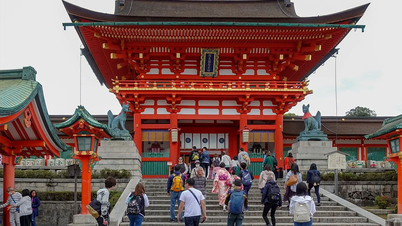



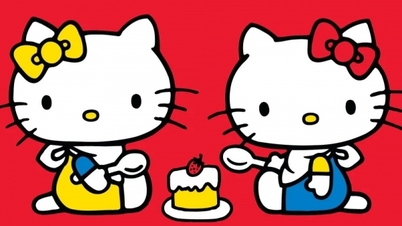

![Strolling in the American Literature Garden [Part 19]](https://vphoto.vietnam.vn/thumb/402x226/vietnam/resource/IMAGE/2025/1/19/282450858d7345568984c556f7bb952d)
![Strolling in the American Literature Garden [Part 17]](https://vphoto.vietnam.vn/thumb/402x226/vietnam/resource/IMAGE/2025/1/20/d66f4bb035b24a638d3710594d9d915f)









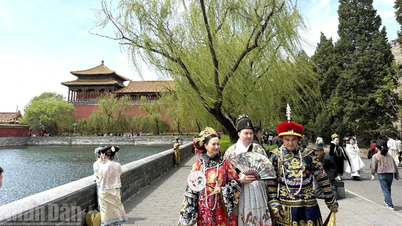




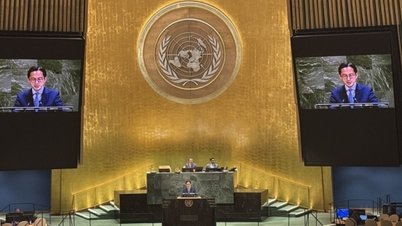
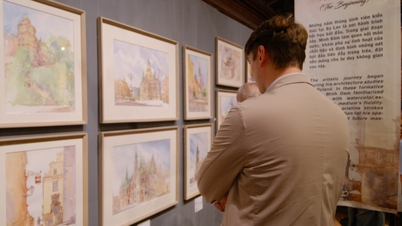
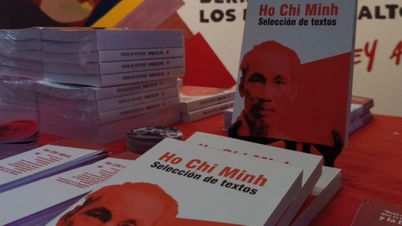


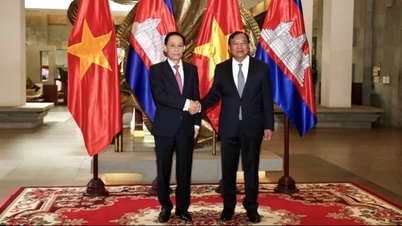





![[Video] The craft of making Dong Ho folk paintings has been inscribed by UNESCO on the List of Crafts in Need of Urgent Safeguarding.](https://vphoto.vietnam.vn/thumb/402x226/vietnam/resource/IMAGE/2025/12/10/1765350246533_tranh-dong-ho-734-jpg.webp)
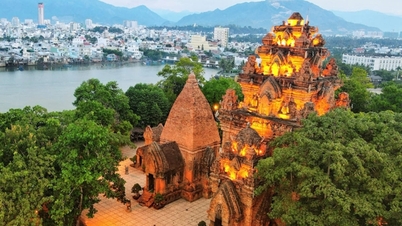


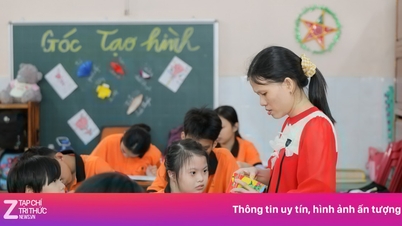

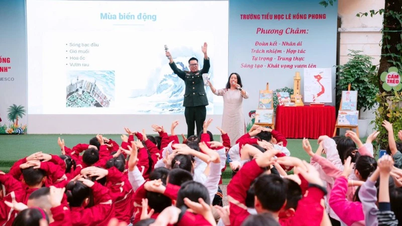

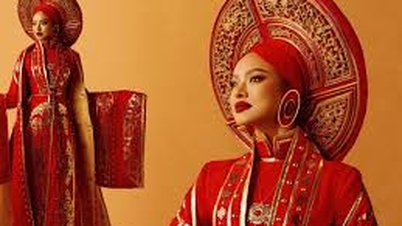
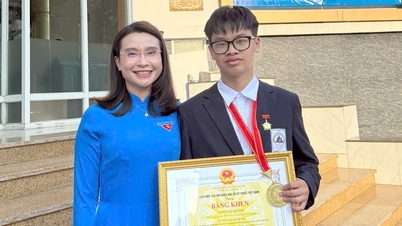



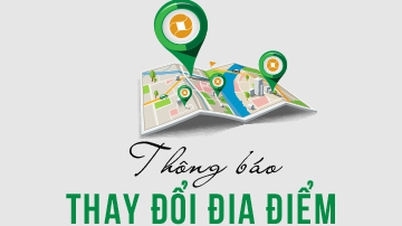
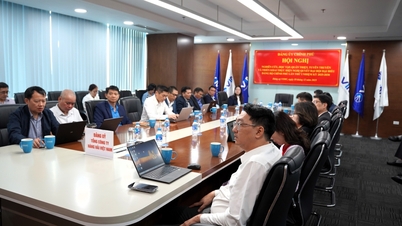

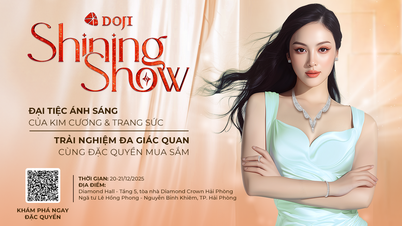












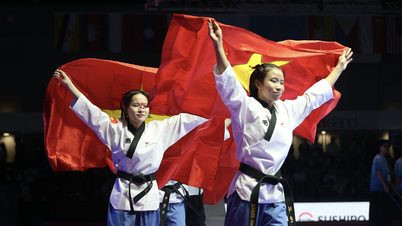

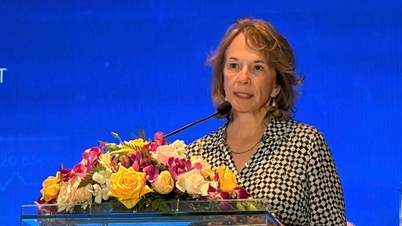
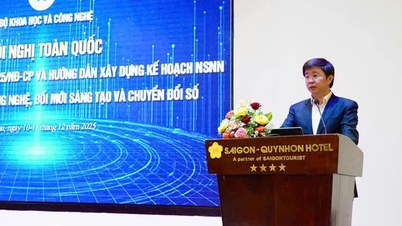

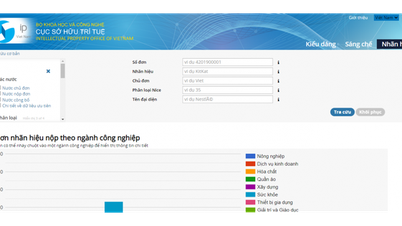
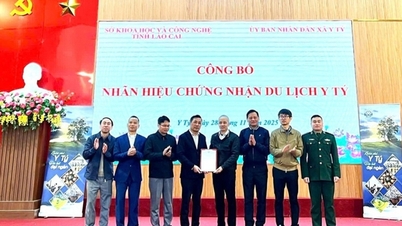
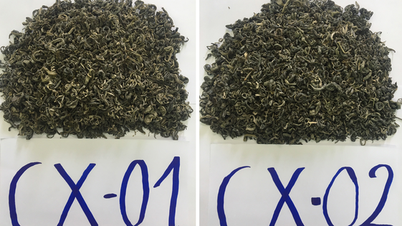

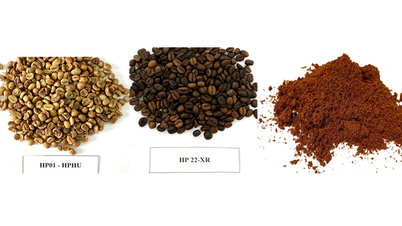
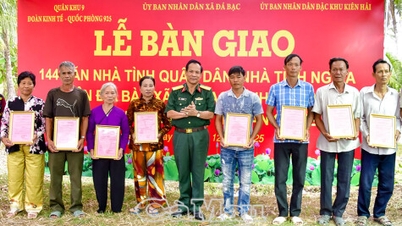

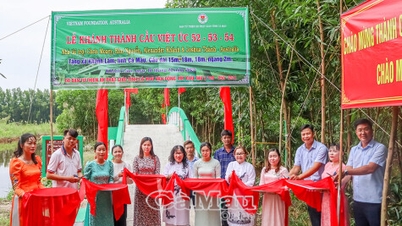


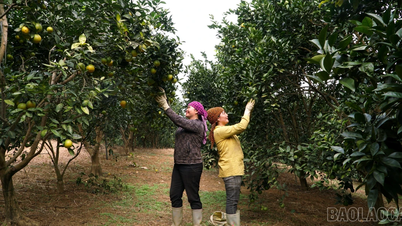

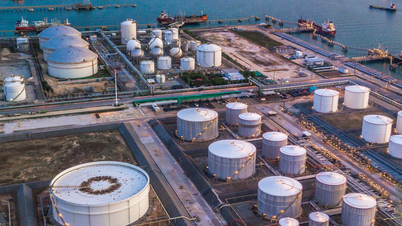

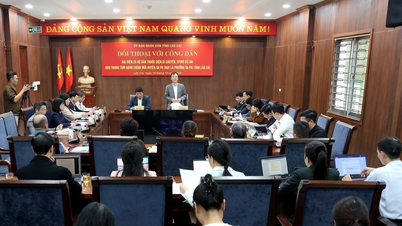










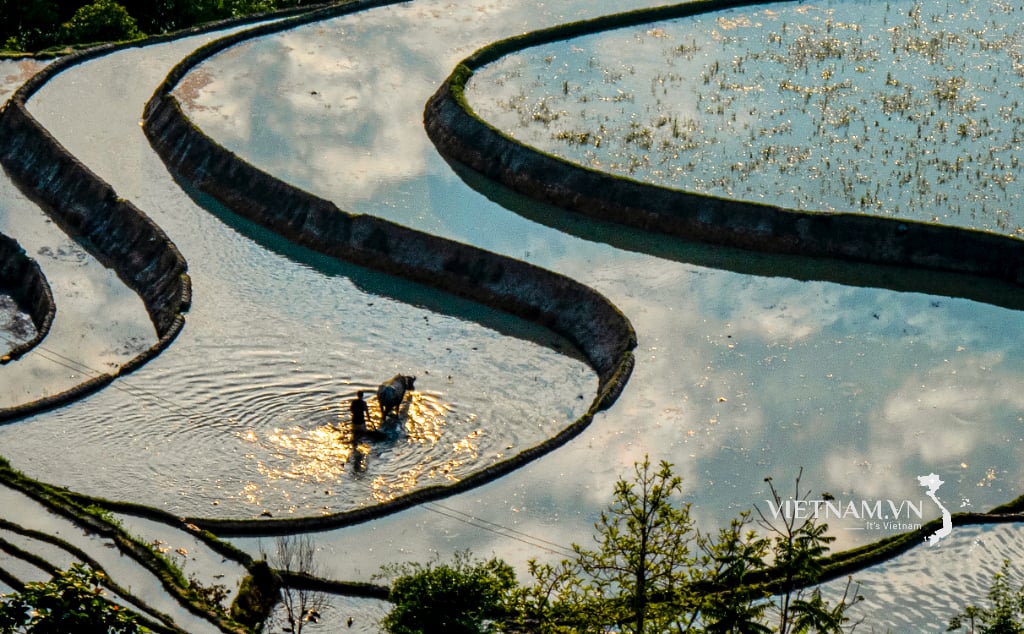


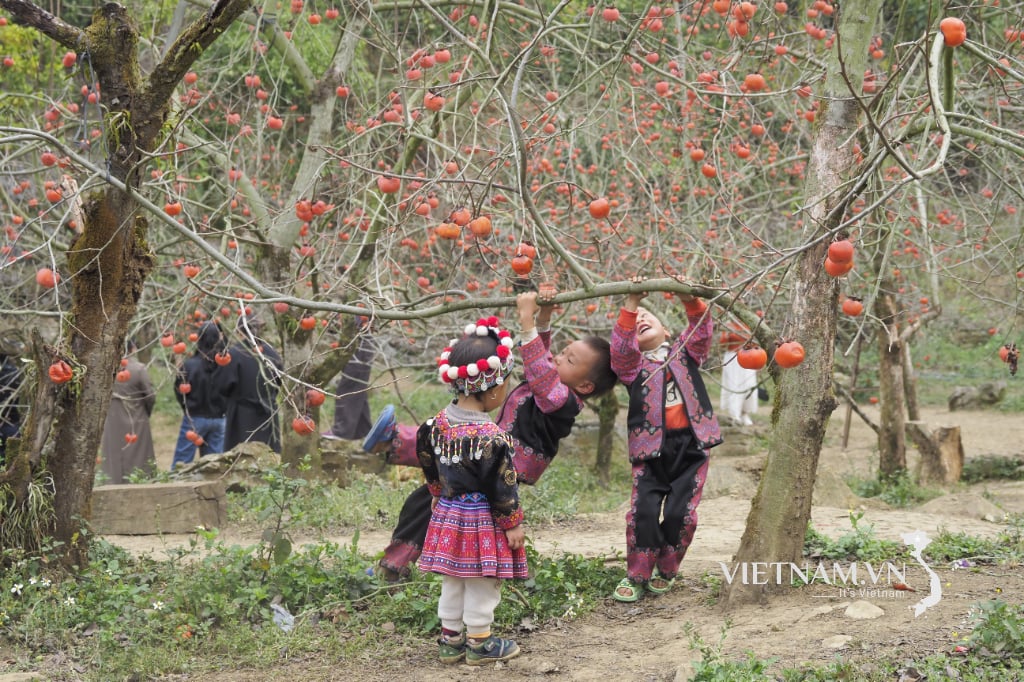




Comment (0)